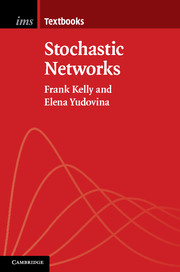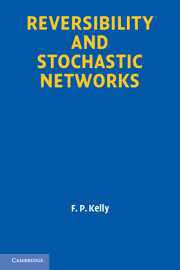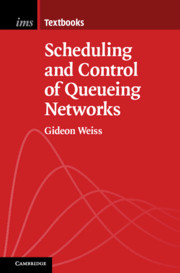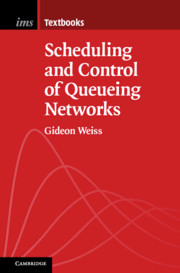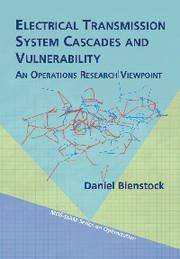Stochastic Networks
Communication networks underpin our modern world, and provide fascinating and challenging examples of large-scale stochastic systems. Randomness arises in communication systems at many levels: for example, the initiation and termination times of calls in a telephone network, or the statistical structure of the arrival streams of packets at routers in the Internet. How can routing, flow control and connection acceptance algorithms be designed to work well in uncertain and random environments? This compact introduction illustrates how stochastic models can be used to shed light on important issues in the design and control of communication networks. It will appeal to readers with a mathematical background wishing to understand this important area of application, and to those with an engineering background who want to grasp the underlying mathematical theory. Each chapter ends with exercises and suggestions for further reading.
- Author team includes Frank Kelly, a pioneer in the field of stochastic networks
- Self-contained appendices contain discussion of relevant mathematical techniques, such as Lagrange multipliers
- Derived from a graduate-level course taught at the University of Cambridge
Product details
No date availablePaperback
9781107691704
231 pages
228 × 152 × 12 mm
0.39kg
60 b/w illus. 80 exercises
Table of Contents
- Overview
- Part I:
- 1. Markov chains
- 2. Queueing networks
- 3. Loss networks
- Part II:
- 4. Decentralized optimization
- 5. Random access networks
- 6. Effective bandwidth
- Part III:
- 7. Internet congestion control
- 8. Flow level internet models
- Appendix A. Continuous time Markov processes
- Appendix B. Little's law
- Appendix C. Lagrange multipliers
- Appendix D. Foster-Lyapunov criteria
- References
- Index.

